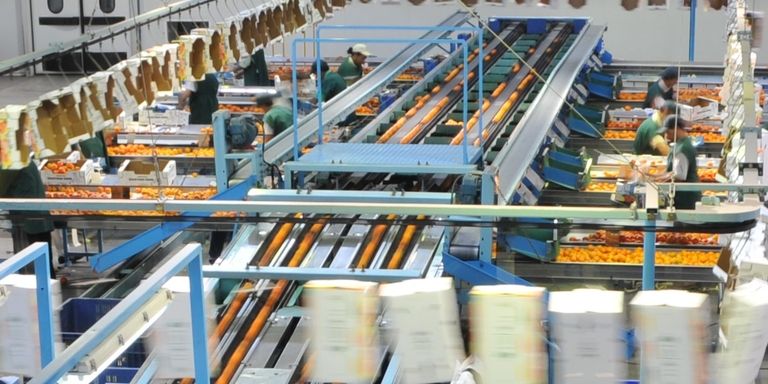
Chile aims to boost the productivity and resilience of its agriculture sector through a multidimensional approach.
Ensuring food security – the guarantee of consistent access to sufficient, nutritious, and safe food at all times – is a vital goal for the development of Latin American and Caribbean countries.
In 2015, the region was the only one in the world to achieve the Millennium Development Goal (MDG) of halving the proportion of people suffering from malnutrition (1990-2015), according to the Food and Agriculture Organization of the United Nations. However, a study by the same organization revealed that malnutrition still affected 28.2% of the population, jeopardizing the significant progress made.
Even countries such as Chile, which historically had a significantly lower incidence of food insecurity compared to the rest of Latin America and the Caribbean (17.6% in 2023), have not been immune to this trend. Over the past decade, food insecurity in Chile has risen substantially, now impacting more than three million people.
Vulnerabilities in Chile’s Agricultural Sector
According to the government, family farmers and indigenous agriculture accounts for 73% of the total agricultural production units in the country. One result of this composition is significant challenges in boosting the sector’s productivity, including the slow adoption of more efficient technologies and practices, as well as difficulties in accessing credit. Consequently, 79% of these producers fall within the lowest 50% of household incomes in the country – which, paradoxically, often impacts their own access to food.
Additionally, agro-climatic risks, such as drought, frost, forest fires, heavy rains, and floods, are increasingly affecting the availability and stability of food access. An agricultural emergency was declared in the country following more than 200 fires between January and March 2023 and the situation deteriorated further in June of the same year due to another weather-related emergency. As a result, approximately $30 million was redirected for the recovery of the sector.
Among those affected by the fires in the agricultural sector, 64% were family farmers, 45% of whom were women. The resilience of family farming to such events relies heavily on access to financial resources, technologies, and knowledge about sustainable management of natural resources. Furthermore, rising temperatures and increased trade of agricultural products heighten the risk of introducing and spreading diseases and pests. This poses a significant challenge to maintaining the country's zoo-phytosanitary status and ensuring the availability and stability of safe food.
A Multidimensional Approach
To address these challenges and safeguard food security, a multidimensional approach is essential, involving multiple stakeholders and leveraging the region's valuable experience in this area.
As such, the government of Chile, with support from the IDB, is implementing a $50 million investment project to strengthen its public agricultural services and improve food security. Approved by the IDB Board of Executive Directors in January 2024, this project aims to:
- Increase the productivity and resilience of family farmers, and indigenous agriculture by modernizing the offerings of the Agricultural Development Institute of Chile (INDAP). This includes preparing sustainable agricultural-development plans for beneficiaries, modernizing the extension model (dissemination of information and knowledge to farmers) with digital tools, and creating a model for evaluating and monitoring programs.
- Expand the capacity to protect the zoo-phytosanitary resources of the Agricultural and Livestock Service (SAG), the entity responsible for animal and plant health in the country. This involves incorporating new technologies and better processes to enhance the prevention and control of pests and diseases. One key measure is the creation of a zoo-phytosanitary intelligence unit to establish an early-warning system for phytosanitary emergencies.
- Strengthen disaster-risk management in the agricultural sector by consolidating the regulatory framework, developing necessary policy instruments for efficient risk management, implementing an information system to support decision-making, and expanding the coverage of the National Agro-Meteorological Network (RAN).
Chile is on track to become a successful example of anticipation and adaptation to the risks that affect food security in the region.

Topics: Agriculture and Food Security
Chile aims to boost productivity and resilience of its agriculture sector by adopting a multidimensional approach.
We foster innovation and enhance productivity while bolstering institutional capacities to drive economic growth and improve the well-being of citizens.